Why do ants form the Ant Mill, or “death spiral”?
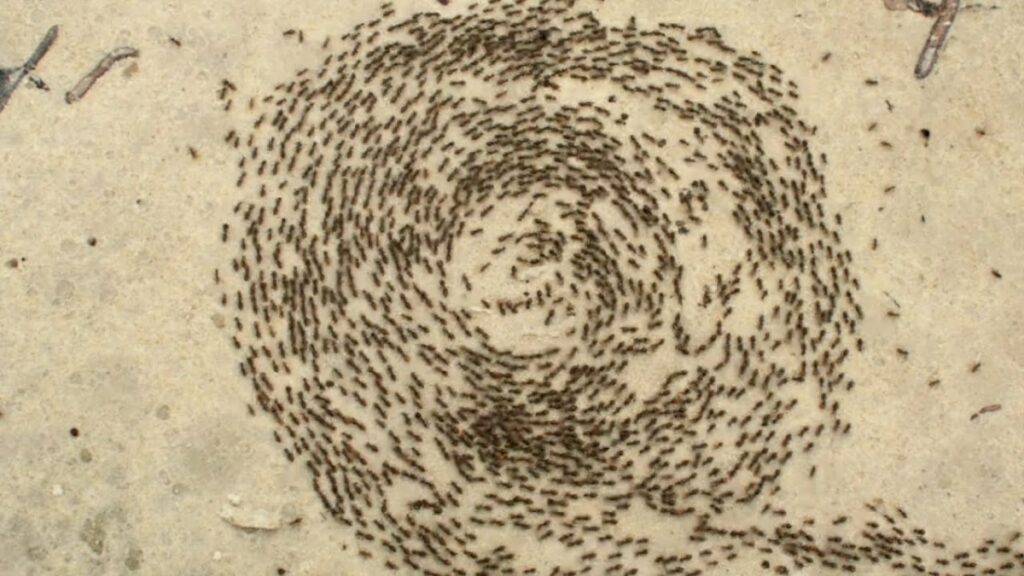
The ant mill, colloquially known as the “death spiral,” is a curious phenomenon that involves a group of ants trapped in a circular, seemingly endless procession, each individual following the ant in front, creating a bizarre loop. The ants move tirelessly, exhibiting a behavior that appears counterproductive and potentially detrimental to the colony.
Ant mills can vary in size, from small groups to large congregations, but the defining characteristic remains the same: a continuous, circular movement that appears devoid of purpose.
Observers often describe the ants in an ant mill as moving in a spiral pattern, seemingly unaware of their circular path. The spiral can be so tight that ants become trapped in a never-ending loop, unable to deviate from the course. Why do ants engage in this seemingly futile and self-destructive dance?
Pheromone Trails and the Blind Leading the Blind
The dance of the ant mill is often orchestrated by the invisible threads of communication that ants weave through their environment – the pheromone trails. Pheromones, chemical substances secreted by ants, serve as a complex language, allowing them to transmit information vital for the functioning and survival of the colony. In the context of the ant mill, the unintentional creation of a circular pheromone trail becomes a significant factor contributing to the mystifying phenomenon.
The Language of Pheromones
Ants communicate primarily through the exchange of pheromones, which act as a kind of chemical language. Pheromone trails laid down by individual ants serve as guidance systems, directing their peers toward essential locations such as food sources, nest entrances, or potential threats.
The pheromone trail intended to lead ants efficiently to a destination can inadvertently take a circular path due to various factors. An ant may lose its way, encounter an obstacle, or simply make a navigational error, resulting in the deposition of a pheromone trail that loops back upon itself. As more ants follow the initial path, they reinforce the circular trail, unintentionally creating a continuous loop that traps subsequent foragers in a seemingly endless cycle.
The Power and Vulnerability of Pheromones
While pheromones are a powerful means of communication for ants, they also highlight the vulnerability of their communication system. A simple navigational mistake or disturbance in the foraging process can disrupt the intended purpose of the pheromone trail, leading to unintended consequences such as the formation of an ant mill.
As ants continuously follow the pheromone trail, they reinforce it through a positive feedback loop. The more ants that traverse the circular path, the stronger the pheromone signal becomes. This reinforcement mechanism contributes to the persistence and intensification of the ant mill.
Once caught in the circular dance, ants face a significant challenge in breaking free from the spiral. The strength of the pheromone signal can be so compelling that individual ants may find it difficult to deviate from the established path. Observations suggest that external disturbances or environmental changes are often necessary to interrupt the feedback loop and allow ants to escape from the trap of the pheromone-induced spiral.
Death spiral: mathematical Patterns in Chaos
Mathematical models designed to simulate the intricate dance of ants in the spiral offer valuable insights into the self-organizing principles that govern collective ant behavior.
Emergence of Collective Dynamics
One of the key principles at play in the ant mill is the concept of emergence. Emergence refers to the phenomenon where complex patterns and behaviors emerge from the interactions of simpler components. In the case of ants, each individual follows a set of simple rules, such as following the ant in front, maintaining a certain distance, or responding to pheromone cues. However, when these simple rules are applied collectively, they give rise to intricate patterns that mimic the observed ant mill.
Cellular Automata and Swarm Intelligence
Mathematical models often leverage concepts from cellular automata and swarm intelligence to simulate the behavior of ant colonies. Cellular automata represent a grid of cells, each governed by a set of rules that dictate its state based on the states of neighboring cells. This grid-based approach mirrors the spatial dynamics of ant movement in the mill, capturing the essence of how local interactions contribute to global patterns.
Swarm intelligence, inspired by the collective behavior of social insects like ants, explores how decentralized, self-organized systems can solve complex problems. The ant mill serves as a real-world example of swarm intelligence, where the seemingly purposeless actions of individual ants coalesce into a larger, organized pattern.
The Role of Randomness and Feedback
Mathematical models of the ant mill often incorporate elements of randomness and feedback loops. Ants, influenced by external stimuli and the actions of their neighbors, exhibit a degree of randomness in their movements. This randomness, when combined with feedback loops that reinforce certain behaviors, contributes to the formation and persistence of the spiral.

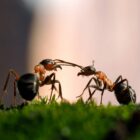
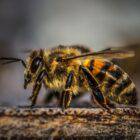

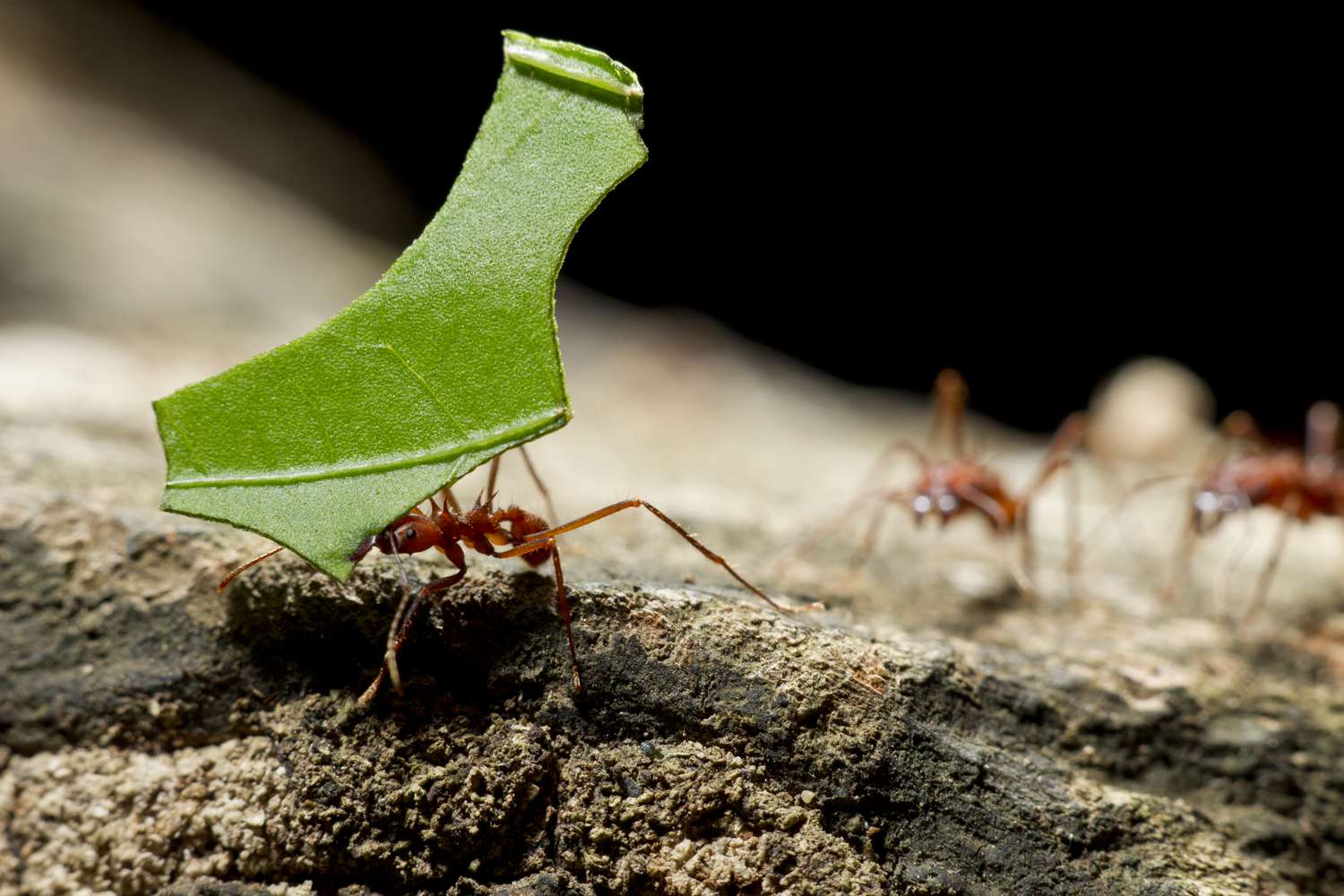
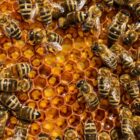





I l᧐ve what you guys are up too. This ѕort of clever
work and repoгting! Keep up the terrifiс works guys I’ve you guys
to our blogroll.
Incredible points. Great arguments. Keep up the great
effort.
This is my first time visit at here and i am truly impressed to read everthing at single place.
Wonderful blog! Do you have any recommendations for aspiring writers?
I’m planning to start my own site soon but I’m a little lost
on everything. Would you recommend starting with a free platform like WordPress or go for a paid option?
There are so many choices out there that I’m totally overwhelmed ..
Any suggestions? Appreciate it!
Good info. Lucky me I recently found your blog by chance (stumbleupon).
I’ve saved it for later!
It’s amazing in support of me to have a site, which is beneficial
in support of my knowledge. thanks admin